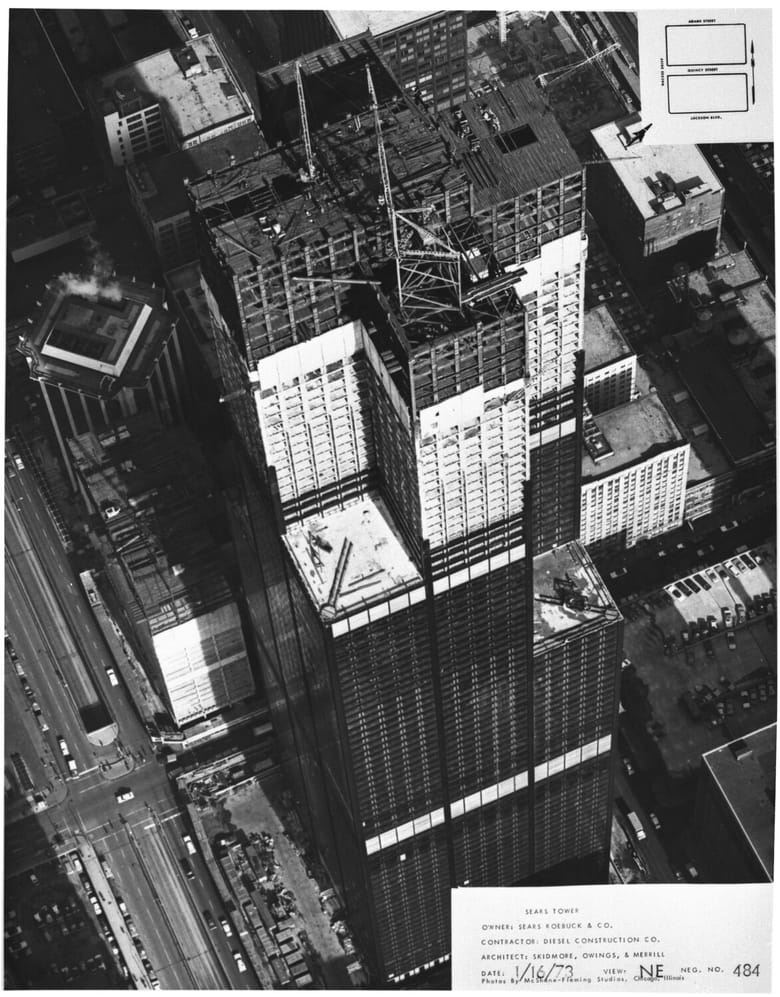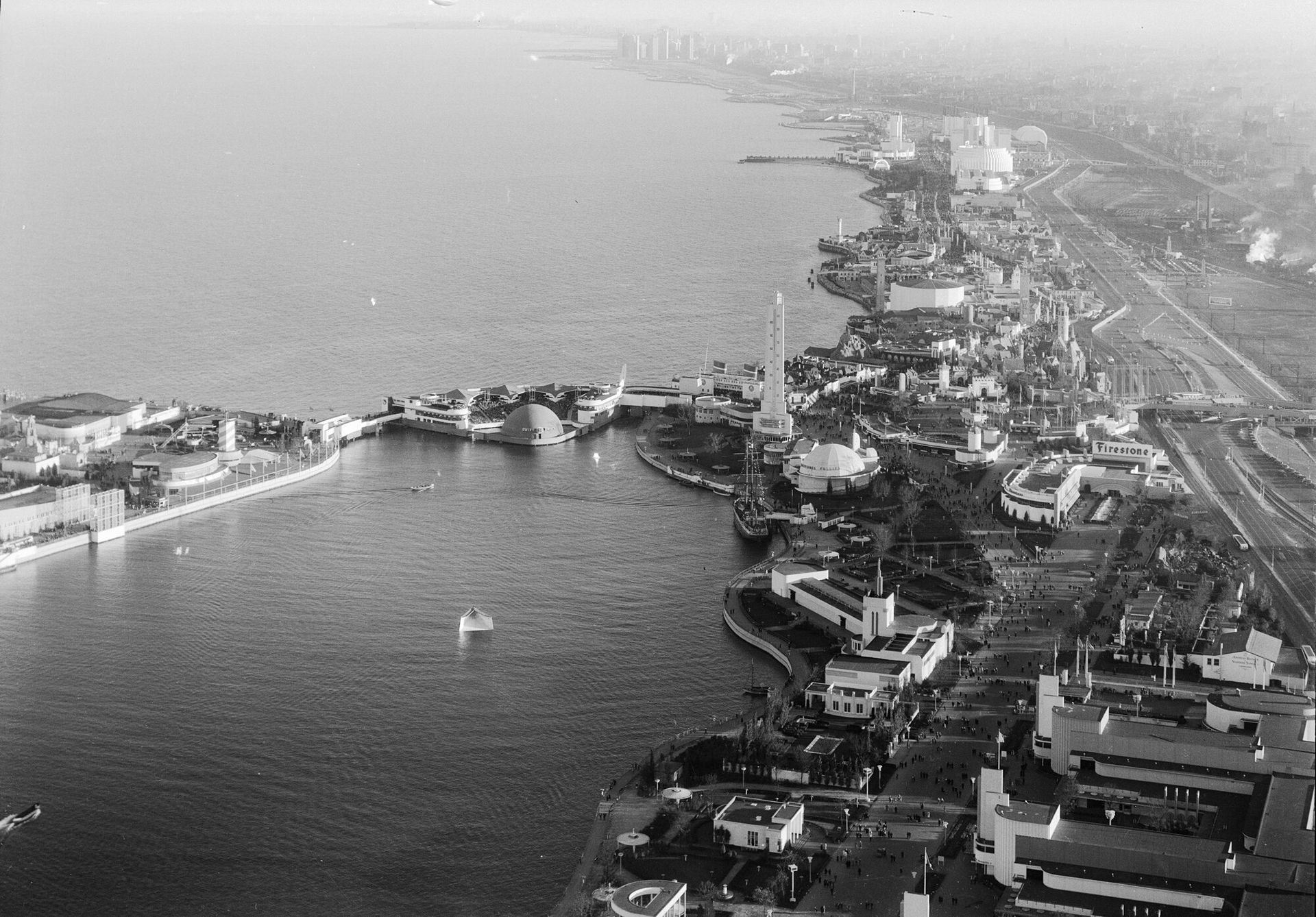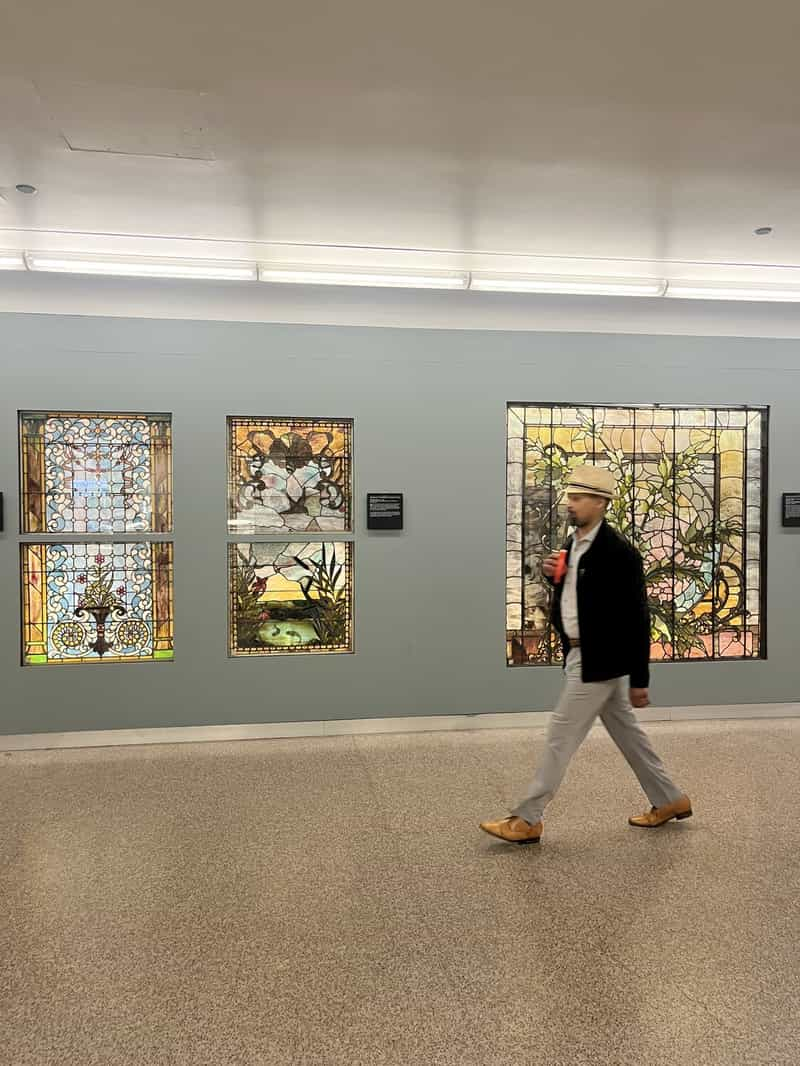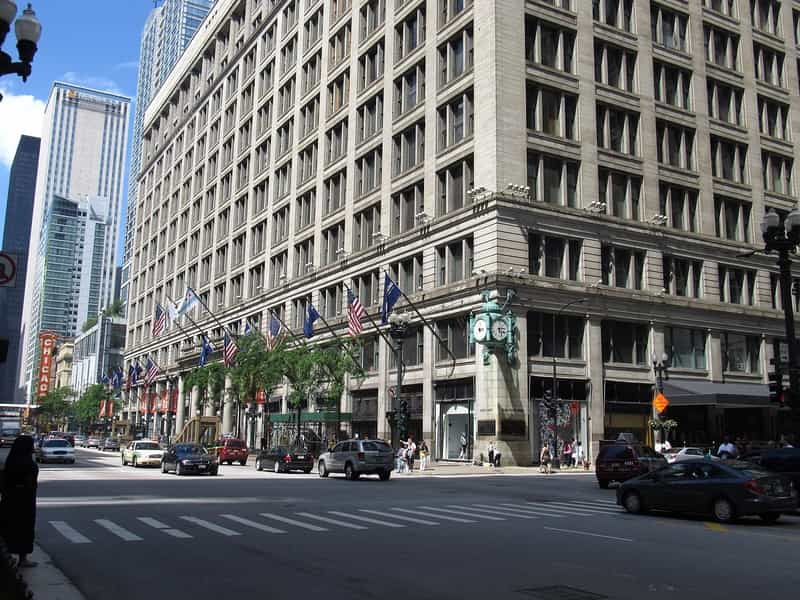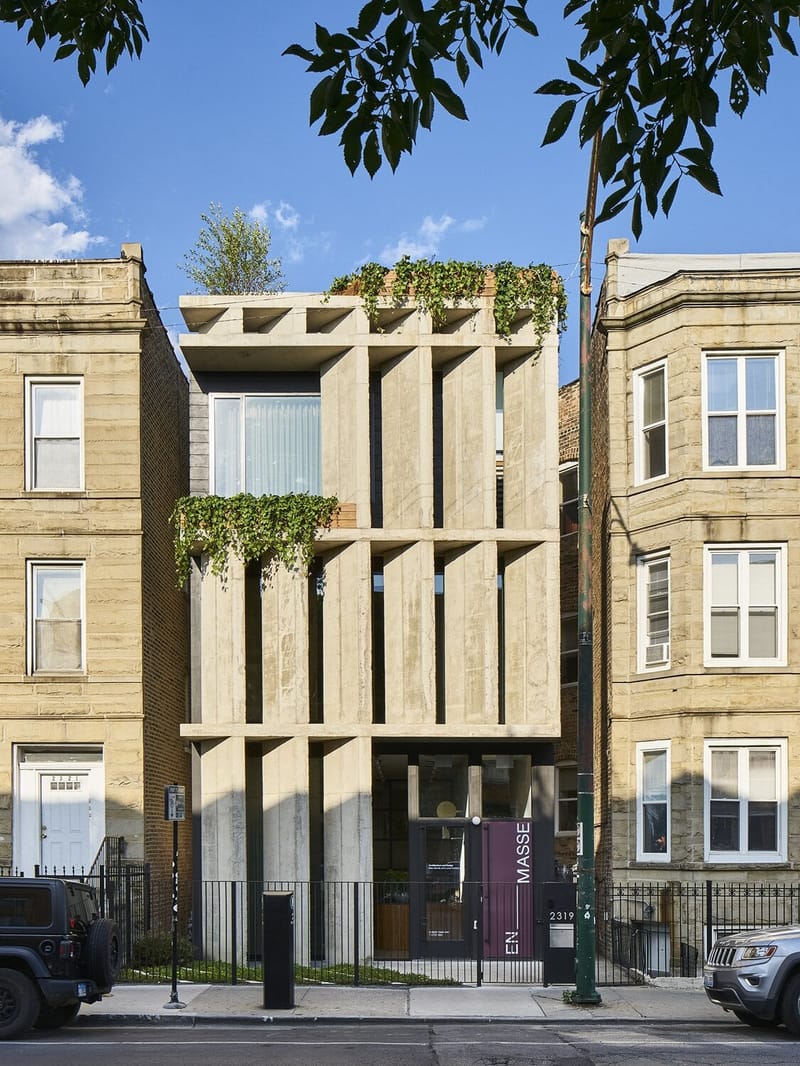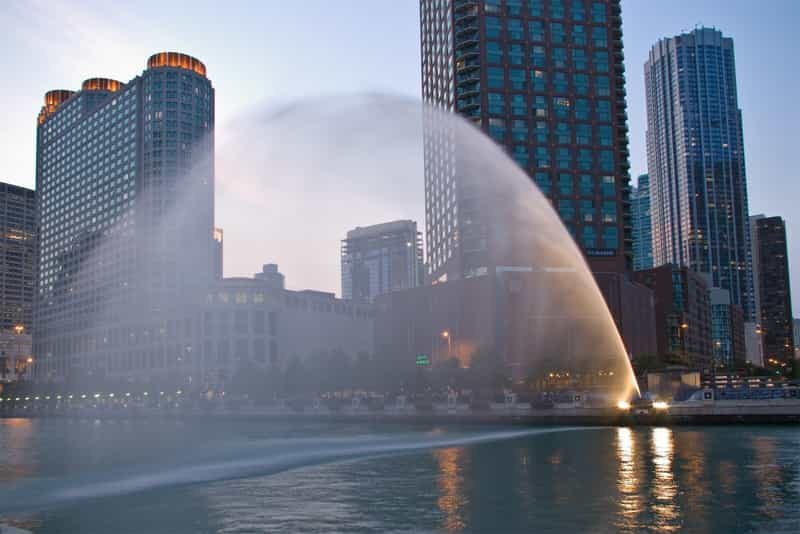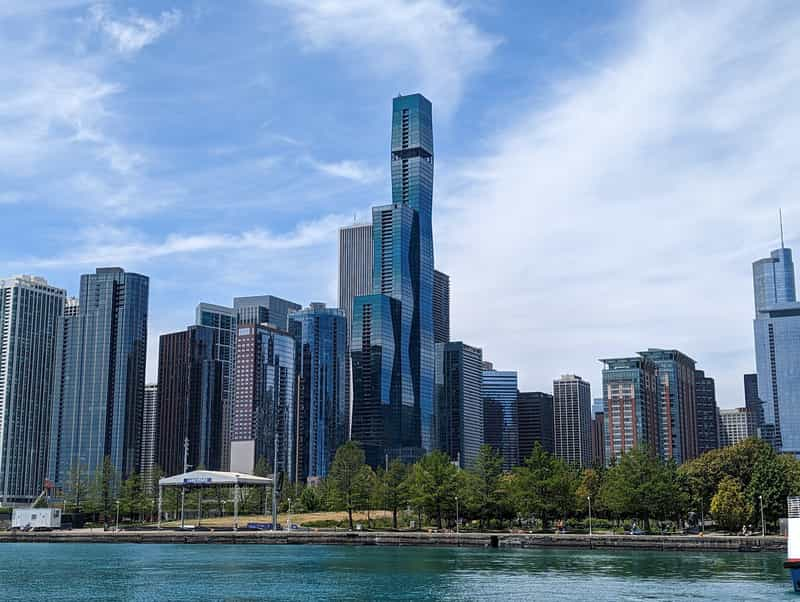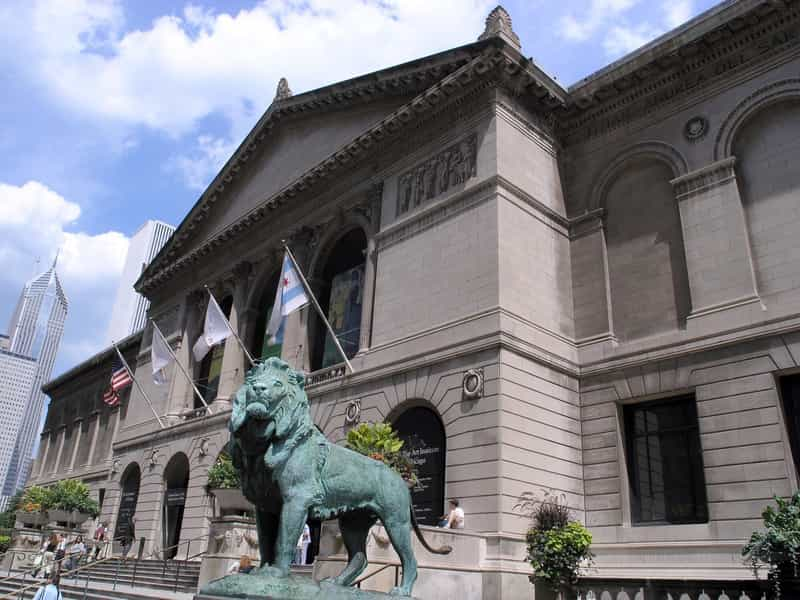Bundled tube construction
Willis Tower
Bundled tube construction is an architectural and structural engineering technique used in the design of tall skyscrapers. This construction method offers advantages in terms of structural stability, efficiency, and increased resistance to natural forces.
In bundled tube construction, the building’s load-bearing structure is organized into a bundle of smaller, interconnected tubes or columns. These tubes are typically arranged closely together around a central core. This design distributes the building’s weight and load-bearing capacity, while increasing the building’s structural stability.
Bundled tube construction may also contribute to a building’s efficient use of space. The central core in a bundled tube structure often houses essential utilities, elevators, and stairwells. This design maximizes the efficiency of interior space, allowing for more usable floor area compared to other construction methods.
By grouping multiple tubes together, the structure also becomes more resistant to lateral forces such as wind and seismic activity. This minimizes swaying and ensures the building can withstand external forces, providing a safer and more comfortable environment for occupants.

